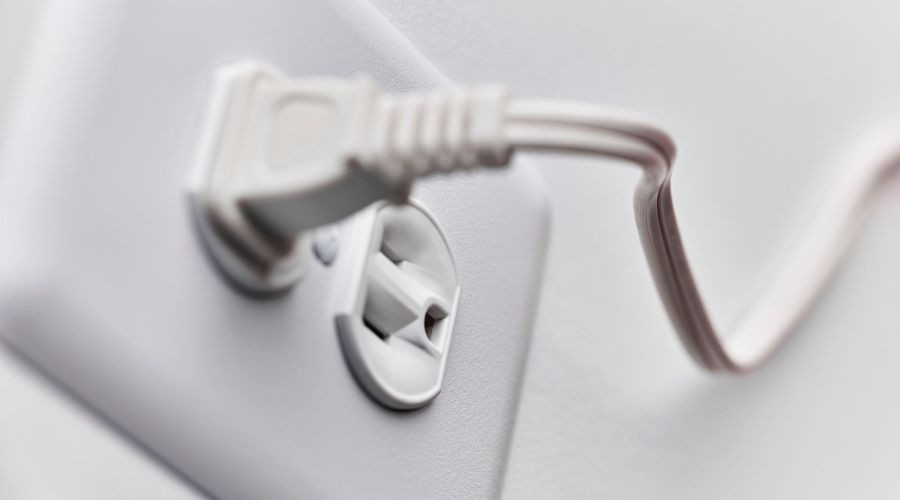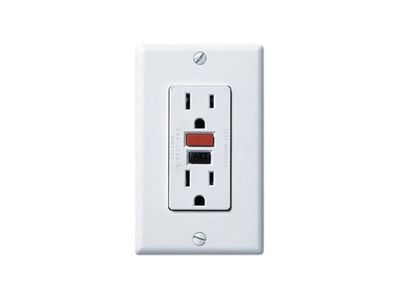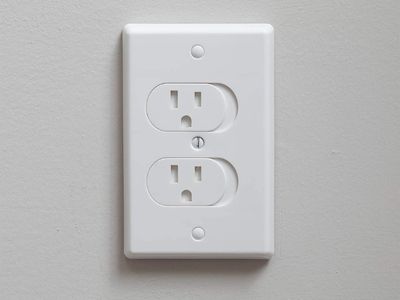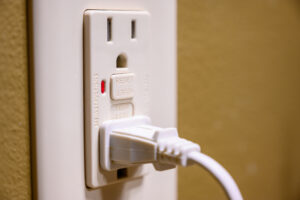How to Find the Right Kind of Outlet
ElectricalThese Outlets Come with Built-in Safety Features
Many people don’t give their home outlets a second thought until something goes wrong. Not all electrical outlets are the same. Some are better suited for different parts of the house. Others can handle high-voltage appliances. This blog lets homeowners learn about the different types of outlets to help them decide which ones suit their home’s needs.
Arc Fault Circuit Interrupters (AFCIs)
It’s not uncommon for outlets to feel warm to the touch––especially when they’re in use. However, if an outlet gets hotter than 130 degrees Fahrenheit, this can cause an electrical fire. The Electrical Safety Foundation International (ESFI) notes that there are 51,000 electrical fires each year, causing countless injuries and fatalities.
AFCIs prevent outlets from getting hot enough to cause fires. They also:
- Comply with various regulations: Many counties require homes to come outfitted with AFCIs. This, as noted, prevents fires from breaking out.
- Monitor arcs: Electrical arcs are when energy jumps from one conductor to another. Unregulated, arcs can cause serious damage. However, with an AFCI, that’s not a problem because these outlets measure arcs and prevent blown fuses and other issues.
- Prevent power surges: Power surges can damage electronics and other personal property. AFCIs recognize power surges and prevent the influx of energy from reaching plugged-in devices.
Ground Fault Circuit Interrupters (GFCIs)
GFCIs monitor electrical currents and prevent excess energy from overwhelming the electrical system. These devices also:
- Prevent electrical shocks: Homeowners won’t have to worry about sparks of electricity shocking them. GFCI outlets use sensors that prevent this from happening.
- Prevent electrical fires: Electrical fires are rare thanks to the built-in sensors in GFCIs. These devices cut off the outlet’s electricity before it gets too hot.
- Most counties require them: Depending on where a homeowner lives, the county may require GFCIs in the home. These, as mentioned, reduce the likelihood of electric-related injuries and fires.
These are just some of the safety features these devices offer––and why they’re standard in most homes.
Childproof Outlets
Many children do not understand that electrical outlets can be dangerous. Some sources note that electrocution accounts for nearly 20 percent of all accidental childhood injuries. This makes it important for parents to warn their children of these dangers and install the appropriate outlets.
- Come loaded with springs: When a child attempts to put a foreign object into the outlet, these springs prevent them from doing so. The outlets only let a plug’s prongs pass through.
- Reduce injuries: Parents don’t have to worry about electrocution-related injuries with childproof outlets. This can give parents peace of mind.
- Reduce the risk of fires: Childproof outlets prevent the outlet from getting too hot, reducing the likelihood of fires and sparks.
Once homeowners install a childproof outlet, they don’t need to insert a plastic plug. The outlet is already childproof. Putting plastic inside the outlet could cause serious damage.
Schedule Service Call


Sign Up for Our Safety &
Savings Plan
Annual Electrical Safety
Inspections & More
- Lifetime installation and 2-year repair warranties
- 15% discount on products and services
- Exclusive specials
- No service fees
- Transferrable plan if you sell your home








